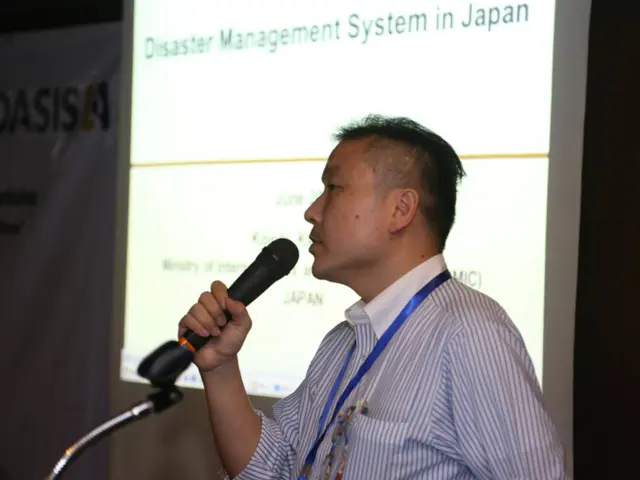Competition for essential minerals intensifies
By 2040, China is expected to significantly impact resource-rich countries economically, geopolitically, and environmentally due to its near-monopoly in critical mineral supply chains and strategic export policies. This prediction stems from China's control over about 60-85% of critical mineral processing and supply chains, particularly for rare earth elements (REEs), cobalt, lithium, and other essentials for clean energy and defense technologies.
China's dominance in these sectors spans mining investments in Africa, Central Asia, and Latin America, and extends into processing and manufacturing of high-value components. This dominance allows China to dictate terms, restrict exports, and exert geopolitical leverage, affecting global markets and national security of mineral-importing nations.
One example of China's geopolitical maneuvering is the 2024 export restrictions on critical minerals to the US in retaliation for US restrictions on exports of advanced microchips to China. Such actions highlight the strategic dependencies that constrain resource-rich countries' economic autonomy and expose them to geopolitically motivated supply risks.
Resource-rich countries under Chinese control or influence may face economic and sovereignty challenges. China’s substantial investments often come with stringent bilateral contracts and require countries to prioritize Chinese firms in mining and processing, potentially limiting local economic benefits and elevating dependence on Chinese technology and financing.
Environmental and governance concerns could deepen in resource-rich regions. China’s approach emphasizes maximizing value through domestic processing rather than raw exports, which may increase local environmental risks if not managed sustainably. Moreover, the complexity of supply chains controlled by China can hinder transparency and responsible mining practices.
The global energy transition demand will quadruple or more by 2040, increasing pressure on these minerals and magnifying the leverage China holds. This situation creates urgency for resource-rich countries to diversify partnerships and develop more autonomous mineral sectors, though doing so is difficult amid China's entrenched position.
Some countries and blocs, such as the US, EU, Japan, and Australia, are investing in alternative supply chains and refining capabilities to reduce dependence, but current projects remain small compared to China's scale and will take years to mature.
It is up to mineral-rich countries to defend their interests and make the most of their endowments, which starts with efforts to strengthen institutions. This includes negotiating fair and transparent mining contracts with multinational corporations and strengthening local governments' ability to do the same.
Resource-rich countries and regions often grapple with internal and external conflicts, as seen in the DRC, which has long suffered from violence and lawlessness, fueled by neighbors such as Rwanda and Uganda. Efforts to manage risks raised by resource extraction, such as health and environmental damage, labor-rights violations, and child labor, remain a challenge.
Boycotts of critical minerals coming from conflict zones or countries using forced labor could convince multinationals and foreign governments to demand better enforcement of environmental and social standards. The DRC-Rwanda peace agreement brokered by the Trump administration promises access to critical minerals to the US, in exchange for security guarantees.
In conclusion, China's control over critical minerals by 2040 is likely to magnify strategic dependencies that constrain resource-rich countries' economic autonomy and expose them to geopolitically motivated supply risks, while also complicating global efforts for sustainable and equitable mineral development. Rabah Arezki, Director of Research at the French National Center for Scientific Research, and Rick van der Ploeg, Professor of Economics at the University of Oxford, emphasize the need for resource-rich countries to focus on strengthening institutions to navigate this complex landscape. Botswana, for example, has sought to ensure that diamond cutting, not just mining, occurs domestically, demonstrating the potential for local-content requirements to keep more high-value-added processing activities at home, increase local employment, and strengthen the capacity of local suppliers and contractors.








